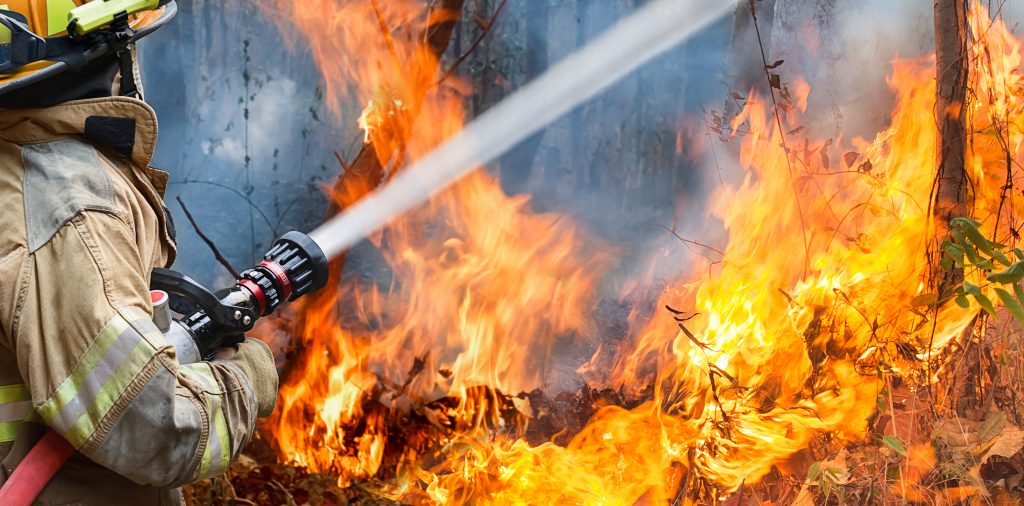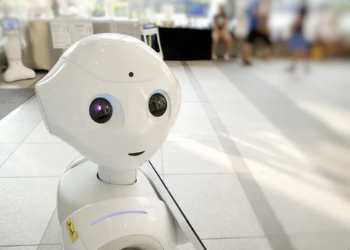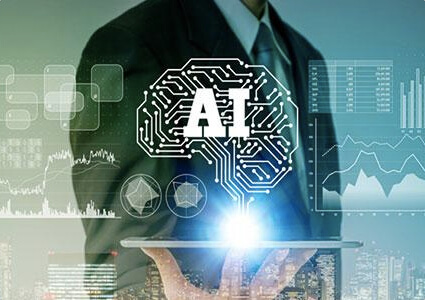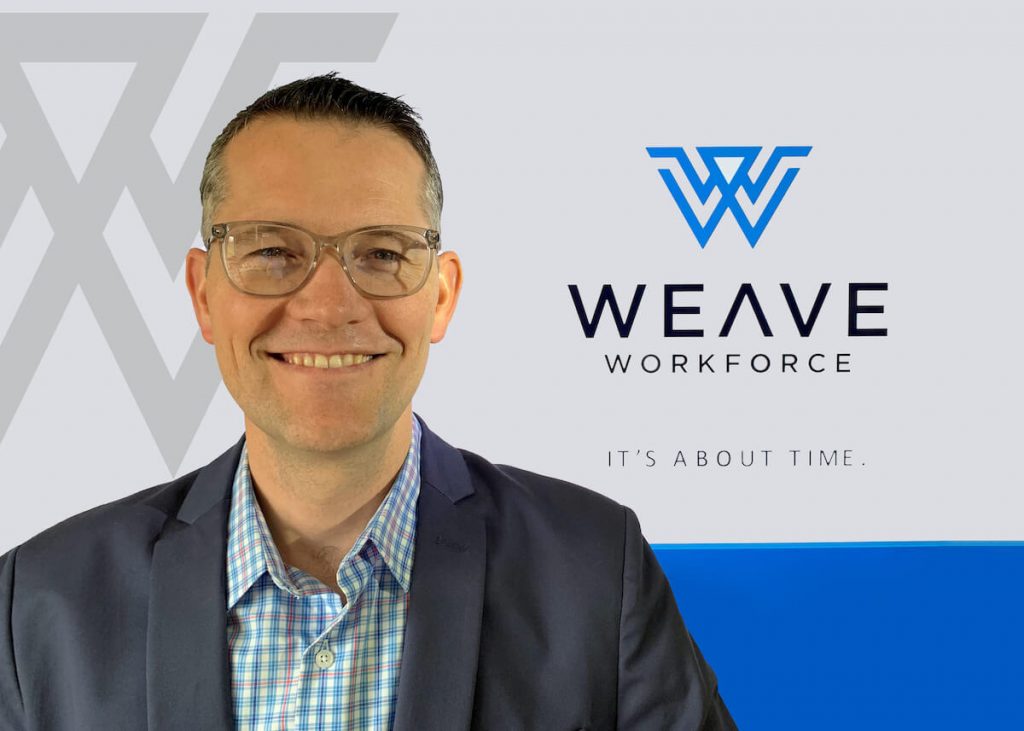Traditional techniques for predicting wildfires are insufficient and are being replaced by AI prediction models
Bloomberg Businessweek recently published an interesting article titled ‘A Wildfire-Predicting Startup Tries to Help Insurers Cope with Climate Change’. The article describes the rapidly changing patterns of California’s wildfire season in recent years, rendering traditional methods of wildfire prediction, based solely on historical data, inaccurate at best. These challenges are now being tackled head-on by a startup using AI-based models to predict wildfire risk within the state.
On today’s political stage, climate change can be a bit of a hot topic; but whether or not you believe in human-caused climate change, the size and frequencies of wildfires in California are undeniably changing, with six of the seven largest wildfires on record taking place in the last two years. Traditional methods of forecasting, which use past occurrences to predict the likelihood of future events, aren’t capturing these changes accurately enough to provide current wildfire probabilities in the transforming landscape.
That’s why AI-based prediction techniques that incorporate wildfire causal factors in addition to root causes into their analysis, are superior to just looking at historical data. While the conditions that cause any one wildfire remain the same, the degree of these conditions gets more severe: wind speed, precipitation levels, temperature, and overgrown brush. Thus the overall wildfire season grows increasingly more severe. The models that quantify the impact these factors have on wildfire probability therefore incorporate those factors, as well as external data like geospatial imagery, into future forecasting models. The resulting models have proven to be much better at predicting future wildfire areas than historical analysis alone.
I found this article interesting enough to share because it gives a great, understandable example of positive implementation and impact of AI-based forecasting models. Pop culture and media have made the word AI synonymous with a sort of ‘Ex Machina’ or ‘Black Mirror’ dystopian future. But, if applied responsibly, AI has substantial and genuine applications in our world today.
Even if you’re not combating wildfires, AI-based prediction solutions may be right for your business
The model described in the article is used in insurance risk analysis, but there are many different applications of AI-based, forward-looking models in business. Other AI-based forecasting SaaS solutions, similar in function but varied in application, are breaking into the world of predicting consumer demand of products or services. Some are able to design workforce schedules to match that demand. These solutions offer managers forward-thinking, accurate insight into their demand that is completely customized to their individual business circumstances.
And for this application, too, the type and variety of data used will impact the quality of the forecast. Just as in predicting the likelihood of wildfires, when forecasting a businesses’ demand merely looking at historical data will not yield accurate results. Which is why the most advanced SaaS developers in the field of workforce management also incorporate external data that will allow algorithms to take into consideration what is currently happening in the real-world, rather than just duplicating whatever yesterday’s demand was.
Learning about the ways AI-based forecasting can improve the world today is certainly a worthwhile investment of time, particularly if your business deals with fluctuating demand. AI is peeking into the future in all sorts of markets – and if there is a prediction to be made, chances are, AI will make it more accurately than a human can.
Author: Anna Schultz
Anna is Marketing Coordinator at RXA, a Growth Marketing Intelligence company fueled by data science and applied artificial intelligence, and parent company of Weave Workforce, a workforce optimization software business. In her role, Anna helps companies meaningfully activate the benefits of data analysis through RXA’s GMI platform and applications. In today’s world, all companies collect data – it’s what you do with it that makes a difference!



